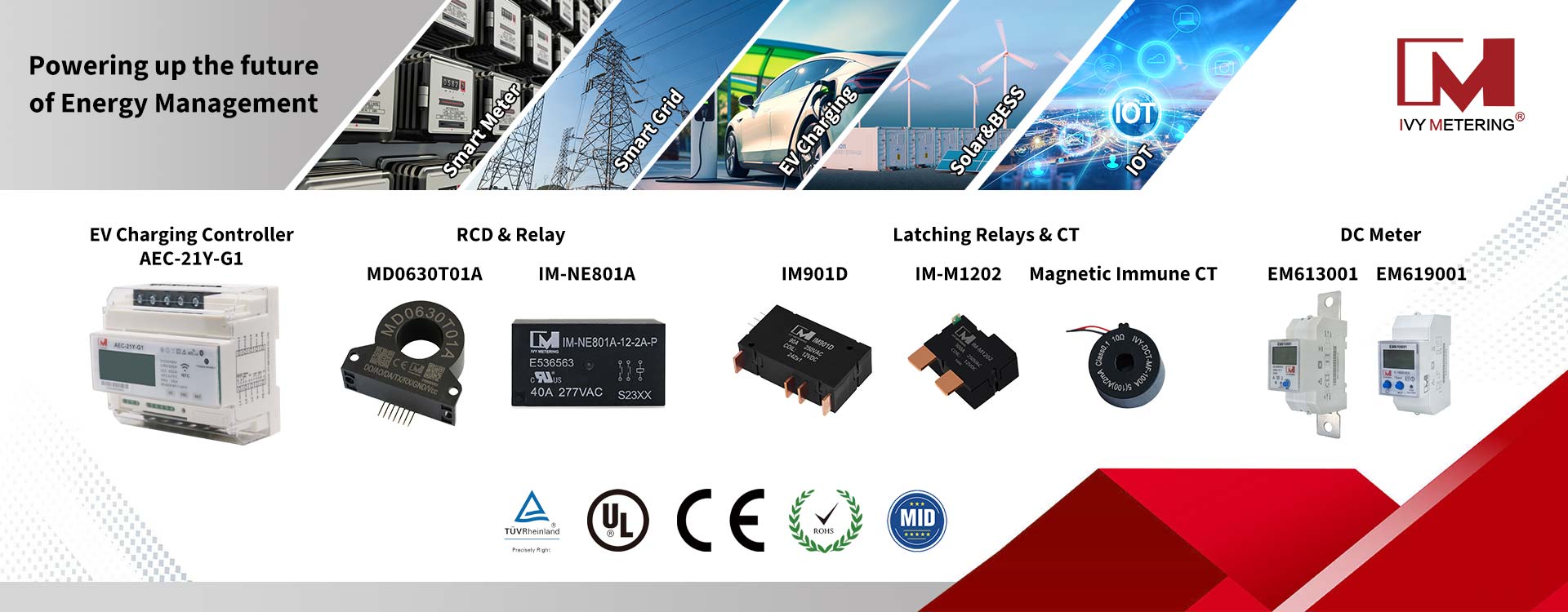Battery Storage System
Most of us heard about battery, energy, BMS, EMS, PCS, battery pack...It’s really important for solar + storage developers to have a general understanding of the physical components. So today we bring some technical explanation.
1. Battery-The battery is the basic building block of an electrical energy storage system.
2. Battery Management System (BMS)-The Battery Management System (BMS) is a core component of any Li-ion-based ESS and performs several critical functions. The primary job of the BMS is to protect the battery from damage in a wide range of operating conditions. It does so by ensuring that the battery cells operate within their prescribed operating windows for the state of charge, voltage, current, and temperature. This is especially important for high power density Li-ion batteries to prevent fires or explosions caused by thermal runaway and combustion. This software is generally designed specifically by each manufacturer and is insular to the site. A BMS typically does not natively communicate with external devices nor speak a standardized programming language. The BMS is constantly monitoring critical information of the battery bank from individual cells, battery modules, and racks. This includes recording vital electrical operating parameters as well as electrolyte levels, internal cell temperature, and ambient battery enclosure temperature. It may also be coordinating any necessary mechanical HVAC measures. All of this information is collected and used for proper maintenance and runtime estimates of the battery asset. The BMS also ensures that the battery cells remain balanced at the same state of charge. Any imbalance across the battery bank terminals can cause cells to get stressed and lead to a reduction in the overall cycle life of the battery.
3. Energy Management System (EMS)-The energy management system handles the controls and coordination of ESS dispatch activity. The EMS communicates directly with the PCS and BMS to provide high-level coordination of the various components on-site, often by referencing external data points. The EMS is responsible to make decisions on when and how to dispatch, which is generally driven by an economic value stream, such as demand-charge management, time-of-use arbitrage, or solar self-consumption. EMS software attempts to optimize the performance of the ESS by weighing long-term cycling and capacity degradation with the return on investment of the asset. This involves being aware of the BMS and PCS limitations and recognizing when the energy storage system can be used most effectively.
4. Power Conversion System (PCS) or Hybrid Inverter-Like a solar PV system, a Li-ion battery bank requires an inverter to produce an alternating current (AC) that is usable in buildings. Also referred to as Power Conditioning Systems or battery hybrid inverters, these devices are more dynamic than a typical PV inverter because they are capable of operating bi-directionally. This means power can flow from DC to AC or vice-versa, which effectively enables the ESS to both charge and discharge. The PCS directs the flow of energy by commanding the battery’s charge and discharge behavior. In order to do so, the hybrid inverter needs to be well informed on the available capacity of the battery, so it knows to stop charging when the battery is full. In this fashion, the Power Conditioning System is responsible for the low-level electrical functions on site. These reactions can be driven by metered information on-site or through external signals about when to charge and discharge the system for maximum effect.
No matter it’s battery, energy, BMS, EMS, PCS, battery pack... all of them are the important roles of energy storage and energy efficiency. We sincerely hope that we could do something for solar + storage developers, so our DC energy meter-DC measuring device is very common for these applications.If you are interested plz refer to www.ivy-metering.com
 Previous: Kinds/Levels/Modes/Types of EV Charging
Previous: Kinds/Levels/Modes/Types of EV Charging











